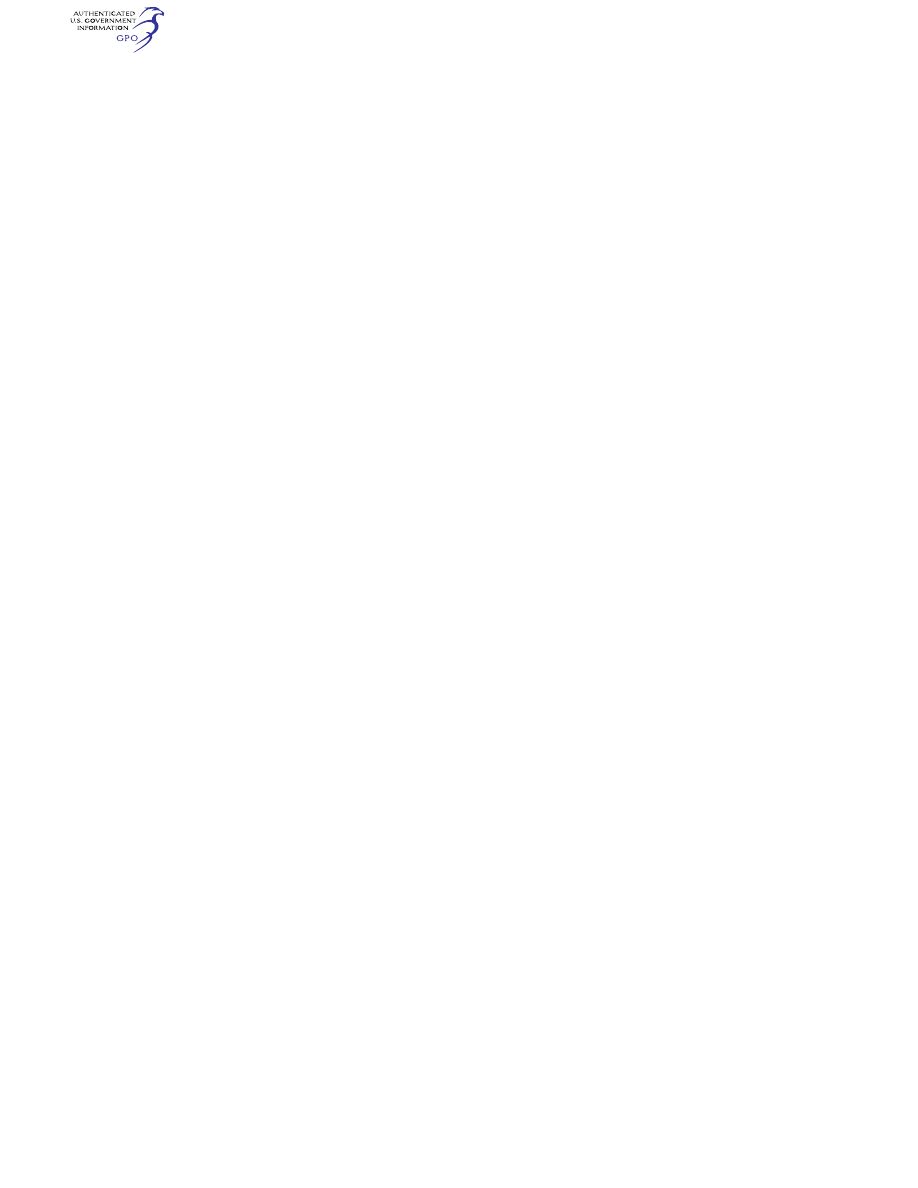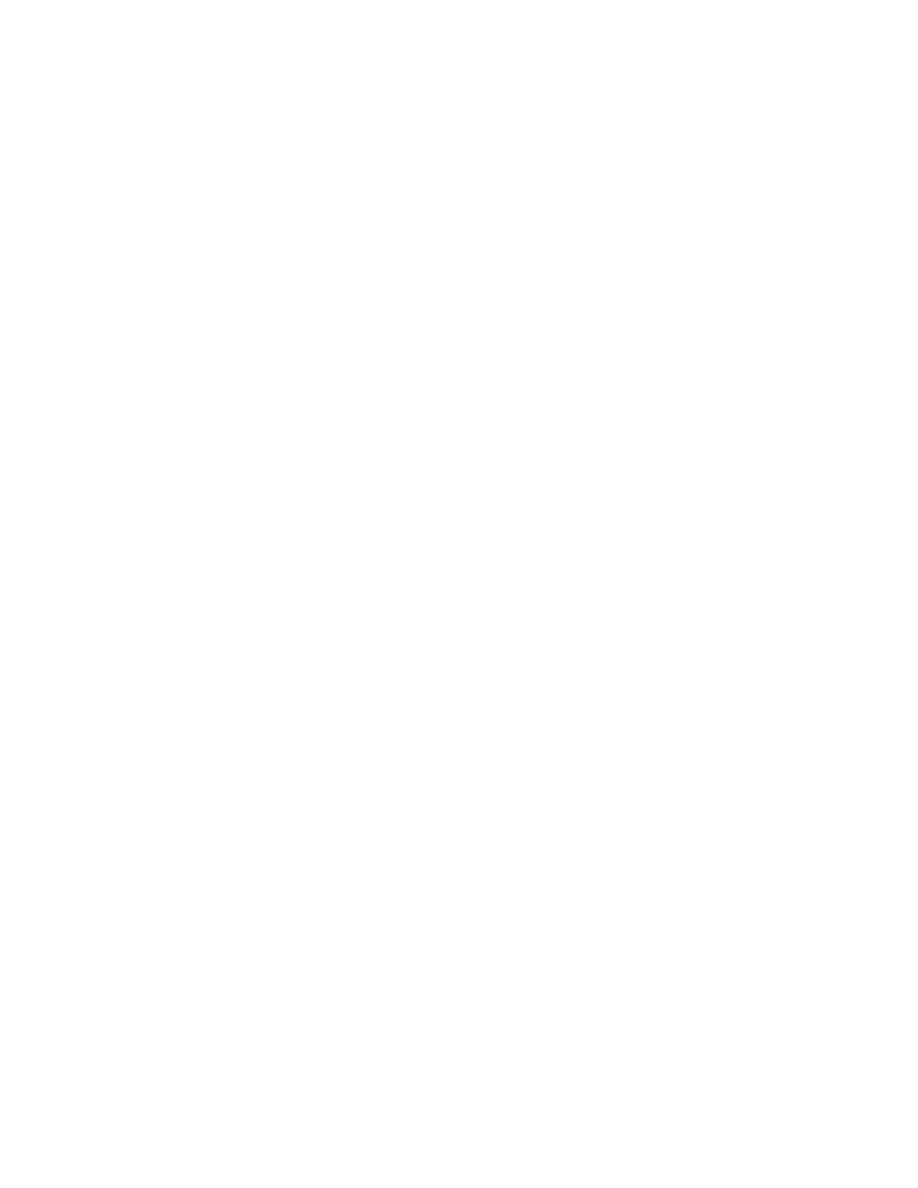
737
Federal Aviation Administration, DOT
§ 33.96
§ 33.94
Blade containment and rotor
unbalance tests.
(a) Except as provided in paragraph
(b) of this section, it must be dem-
onstrated by engine tests that the en-
gine is capable of containing damage
without catching fire and without fail-
ure of its mounting attachments when
operated for at least 15 seconds, unless
the resulting engine damage induces a
self shutdown, after each of the fol-
lowing events:
(1) Failure of the most critical com-
pressor or fan blade while operating at
maximum permissible r.p.m. The blade
failure must occur at the outermost re-
tention groove or, for integrally-bladed
rotor discs, at least 80 percent of the
blade must fail.
(2) Failure of the most critical tur-
bine blade while operating at max-
imum permissible r.p.m. The blade fail-
ure must occur at the outermost reten-
tion groove or, for integrally-bladed
rotor discs, at least 80 percent of the
blade must fail. The most critical tur-
bine blade must be determined by con-
sidering turbine blade weight and the
strength of the adjacent turbine case
at case temperatures and pressures as-
sociated with operation at maximum
permissible r.p.m.
(b) Analysis based on rig testing,
component testing, or service experi-
ence may be substitute for one of the
engine tests prescribed in paragraphs
(a)(1) and (a)(2) of this section if—
(1) That test, of the two prescribed,
produces the least rotor unbalance; and
(2) The analysis is shown to be equiv-
alent to the test.
(Secs. 313(a), 601, and 603, Federal Aviation
Act of 1958 (49 U.S.C. 1354(a), 1421, and 1423);
and 49 U.S.C. 106(g) Revised, Pub. L. 97–449,
Jan. 12, 1983)
[Amdt. 33–10, 49 FR 6854, Feb. 23, 1984]
§ 33.95
Engine-propeller systems tests.
If the engine is designed to operate
with a propeller, the following tests
must be made with a representative
propeller installed by either including
the tests in the endurance run or oth-
erwise performing them in a manner
acceptable to the Administrator:
(a) Feathering operation: 25 cycles.
(b) Negative torque and thrust sys-
tem operation: 25 cycles from rated
maximum continuous power.
(c) Automatic decoupler operation: 25
cycles from rated maximum contin-
uous power (if repeated decoupling and
recoupling in service is the intended
function of the device).
(d) Reverse thrust operation: 175 cy-
cles from the flight-idle position to full
reverse and 25 cycles at rated max-
imum continuous power from full for-
ward to full reverse thrust. At the end
of each cycle the propeller must be op-
erated in reverse pitch for a period of
30 seconds at the maximum rotational
speed and power specified by the appli-
cant for reverse pitch operation.
[Doc. No. 3025, 29 FR 7453, June 10, 1964, as
amended by Amdt. 33–3, 32 FR 3737, Mar. 4,
1967]
§ 33.96
Engine tests in auxiliary power
unit (APU) mode.
If the engine is designed with a pro-
peller brake which will allow the pro-
peller to be brought to a stop while the
gas generator portion of the engine re-
mains in operation, and remain stopped
during operation of the engine as an
auxiliary power unit (‘‘APU mode’’), in
addition to the requirements of § 33.87,
the applicant must conduct the fol-
lowing tests:
(a) Ground locking: A total of 45
hours with the propeller brake engaged
in a manner which clearly dem-
onstrates its ability to function with-
out adverse effects on the complete en-
gine while the engine is operating in
the APU mode under the maximum
conditions of engine speed, torque,
temperature, air bleed, and power ex-
traction as specified by the applicant.
(b) Dynamic braking: A total of 400
application-release cycles of brake en-
gagements must be made in a manner
which clearly demonstrates its ability
to function without adverse effects on
the complete engine under the max-
imum conditions of engine accelera-
tion/deceleration rate, speed, torque,
and temperature as specified by the ap-
plicant. The propeller must be stopped
prior to brake release.
(c) One hundred engine starts and
stops with the propeller brake engaged.
(d) The tests required by paragraphs
(a), (b), and (c) of this section must be
VerDate Sep<11>2014
09:06 Jun 28, 2024
Jkt 262046
PO 00000
Frm 00747
Fmt 8010
Sfmt 8010
Y:\SGML\262046.XXX
262046
jspears on DSK121TN23PROD with CFR
